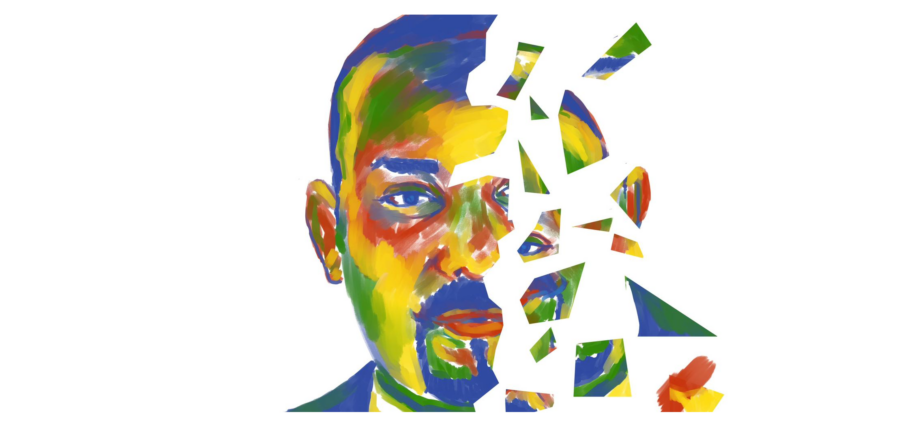By Juni Moltubak
“War is the epitome of hell,” said Ethiopian Prime Minister Abiy Ahmed as he accepted the Nobel Peace Prize in Oslo last year. Praised for his peace-making efforts with neighbouring Eritrea, Ahmed further stated that peace “gives hope for the future and faith in humanity.” Seen as a reformist breath of fresh air, the young prime minister emerged as the manifestation of a peaceful African future. Just one year after receiving the peace prize however, Ahmed has found himself involved in a deadly civil war that has increasing potential for becoming a regional conflict. What went wrong?
Located on the Horn of Africa, Ethiopia is the continent’s second most populous country and one of the largest in terms of area. It is divided into ten relatively autonomous regional states, based mainly on ethnic groups in a system often called “ethnic federalism.”
In the north we find the Tigray region, containing only 6% of the country’s population, but whose main political party – the Tigray People’s Liberation Front (TPLF) – controlled the federal government for several decades. The party ruled in a coalition called the Ethiopian People’s Revolutionary Democratic Front (EPRDF) in a regime generally viewed as highly autocratic.
The TPLF ruled Ethiopia until 2018, when the young, but admired, Abiy Ahmed was elected prime minister. He promised to end the past decades’ autocratic rule and unite the country’s many (ethnic) divisions under a broad-reaching, Ethiopia-first strategy. First of all, the new prime minister sought to unite the coalition parties of the EPRDF under one “Prosperity Party” as a part of his democratization movement. The TPLF however, viewed this project as a dangerous infringement on regional autonomy, refusing to accept such a “power-grab” by the central government. Secondly, the new prime minister immediately started a highly successful peace-making initiative with the country’s former nemesis and neighbour, Eritrea. The TPLF was not on board with this process however, and viewed Ahmed’s peace process as disregarding the Tigray region’s long-lasting border dispute with Eritrea.
In other words, the new prime minister’s tenure started with reinforcing a rather tense relationship with the Tigrayans despite, or perhaps because of, his efforts to unite the country across ethnic and partisan lines.
In March, Ethiopia was supposed to arrange a national election, but Ahmed’s government decided to postpone the event due to Covid concerns. This decision was not well received among the Tigrayans who went ahead with their election despite government instructions, deeming Abiy Ahmed’s rule illegitimate. In response, the prime minister refused to recognize the Tigrayan election result. The most crucial escalation in the conflict occurred in the beginning of November, when Tigrayan forces allegedly attacked a government military base. The government responded with a counter attack and effectively sealed off the Tigray region, prohibiting goods and information to reach the region.
Ahmed has since then refused to negotiate with the TPLF, claiming that the group is a “criminal clique” that will stir up ethnically motivated violence in Ethiopia. Despite continued fighting, government forces have also remained confident that the battle can be easily won, leaving them with little incentive to seek peaceful solutions. This behaviour clearly illustrates the government’s strong unifying ambitions — it is unwilling to accept interruption in its United Ethiopia vision. Intervention by the African Union has so far been rejected, as Ahmed emphasised the organisation’s strong non-interference principle, and the fact that the organisation leans heavily on Ethiopia’s strong political and diplomatic position on the continent.
Abiy Ahmed’s vision for a united Ethiopia has triggered a civil war, with numerous deaths, tens of thousands of people displaced, and ever-increasing dangers of regional involvement and escalation. Was it inevitable? Tensions have been increasing ever since the Tigrayans lost power in 2018, and were probably unlikely to calm down without serious efforts from both sides of the conflict. Perhaps the Nobel Peace Prize winner should have accepted the fragmented nature of his country and adapted his vision accordingly.
Edited by Karolina Hajna
Artwork by Mira Kurtovic

